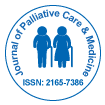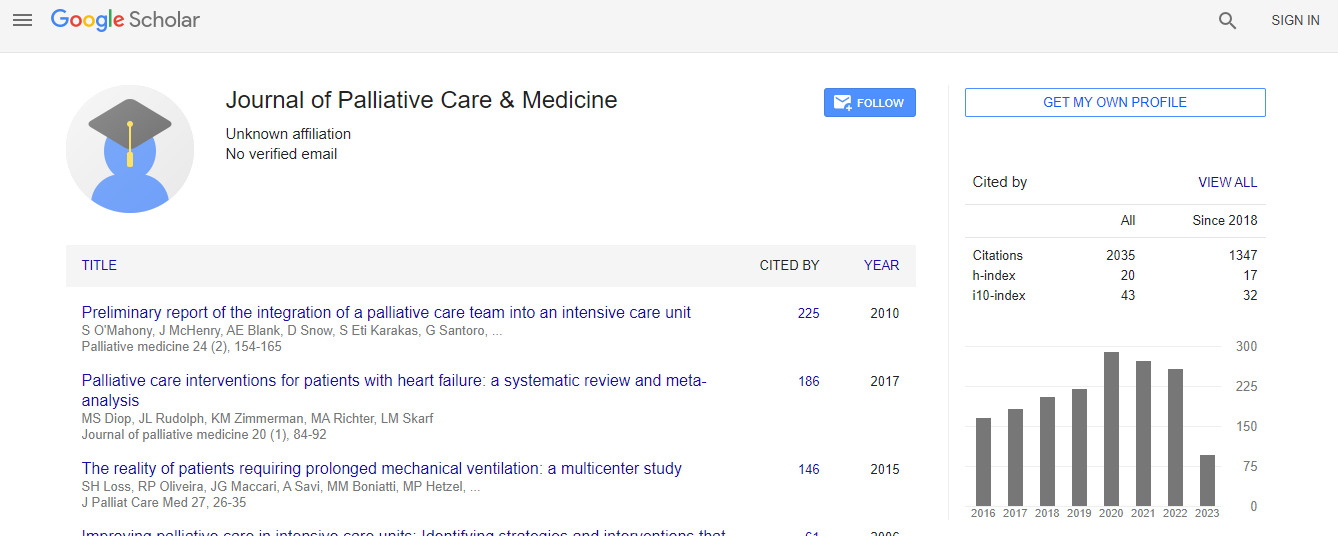Chronic and diabetic venous wounds: photobiomodulation as a mechanism for enhancing healing - A case report
*Corresponding Author: Antonio Eduardo De Aquino Junior, Phisycs Institute of São Carlos, University of São Paulo, São Carlos, São Paulo, Brazil, Email: antonioaquino@ifsc.usp.brReceived Date: Feb 05, 2025 / Published Date: Mar 03, 2025
Citation: Bernardo CC, Santiago IDD, Possa GC, Morais BS, Carbinatto FM, et al. (2025) Chronic and Diabetic Venous Wounds: Photobiomodulation as a Mechanism for Enhancing Healing - A Case Report. J Palliat Care Med 15: 732.
Copyright: © 2025 Bernardo CC, et al. This is an open-access article distributed under the terms of the Creative Commons Attribution License, which permits unrestricted use, distribution, and reproduction in any medium, provided the original author and source are credited.
Abstract
Venous ulcers are chronic wounds, common in the elderly, caused by venous insufficiency, which is often associated with conditions such as Diabetes Mellitus, Systemic Arterial Hypertension and a sedentary lifestyle. They affect the quality of life of patients due to pain, edema, infection and complications that may occur, such as the risk of amputation. Conventional treatment for venous ulcers includes compression therapy and dressings. In some cases, advanced therapies such as photobiomodulation are also used as treatment, where light accelerates healing. This study aimed to evaluate the effects of a photobiomodulation protocol with red light (660nm) in the treatment of a long-term chronic venous ulcer, present for ten years. The patient, a 63-year-old man with multiple comorbidities, was treated with weekly PBM sessions for nine months. The evaluation included pain assessment using the Visual Analog Scale and characteristics observed through photographs of the wound before, during and at the end of treatment. The results showed a significant reduction in pain and complete healing of the wound, highlighting the efficacy of PBM as a non-invasive, low-cost and effective treatment for complete healing of chronic venous ulcers. These findings reinforce the clinical relevance of photobiomodulation in the treatment of these wounds, suggesting the need for further studies to consolidate this approach as a widely used practice.

 Spanish
Spanish  Chinese
Chinese  Russian
Russian  German
German  French
French  Japanese
Japanese  Portuguese
Portuguese  Hindi
Hindi 
